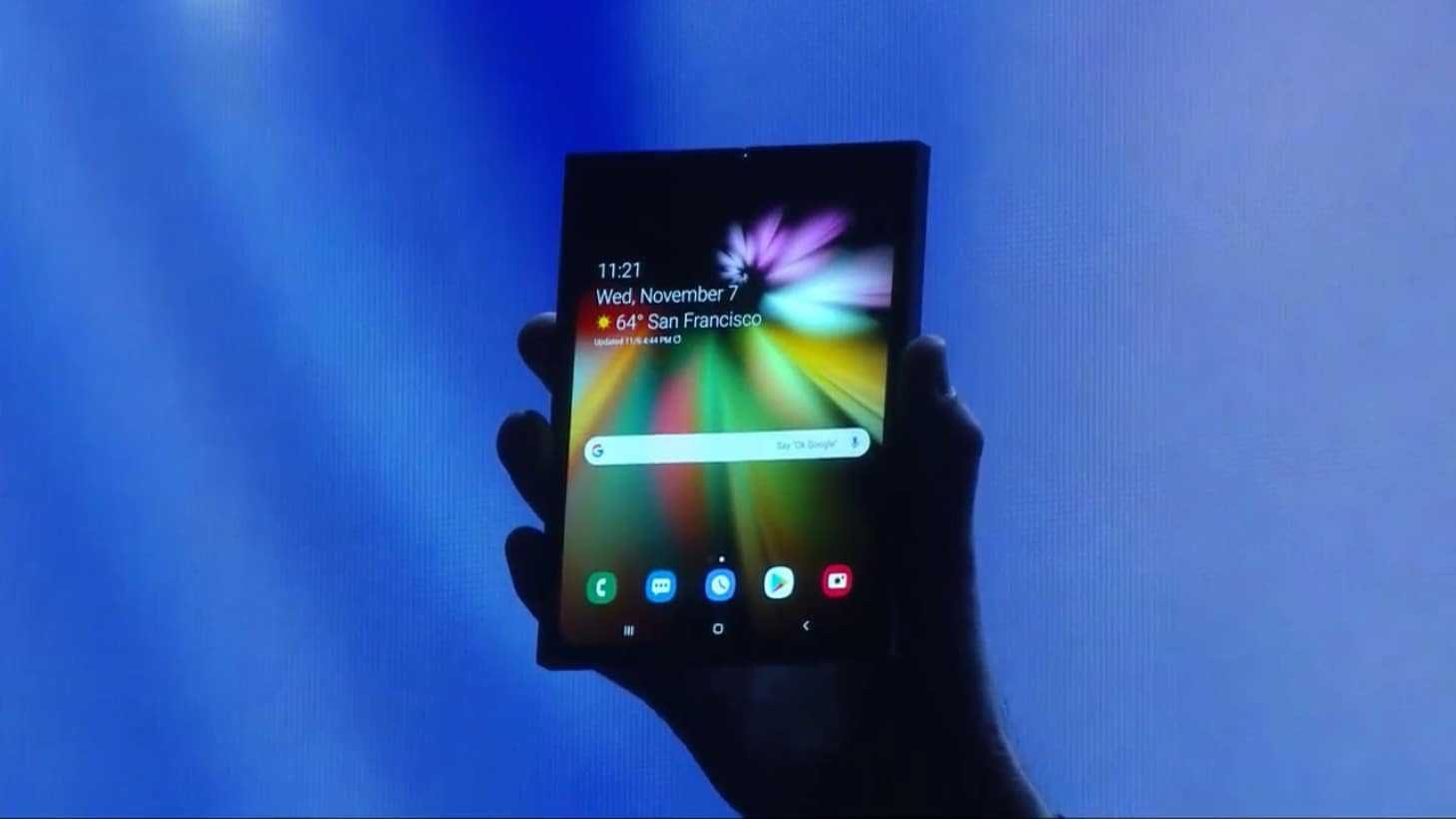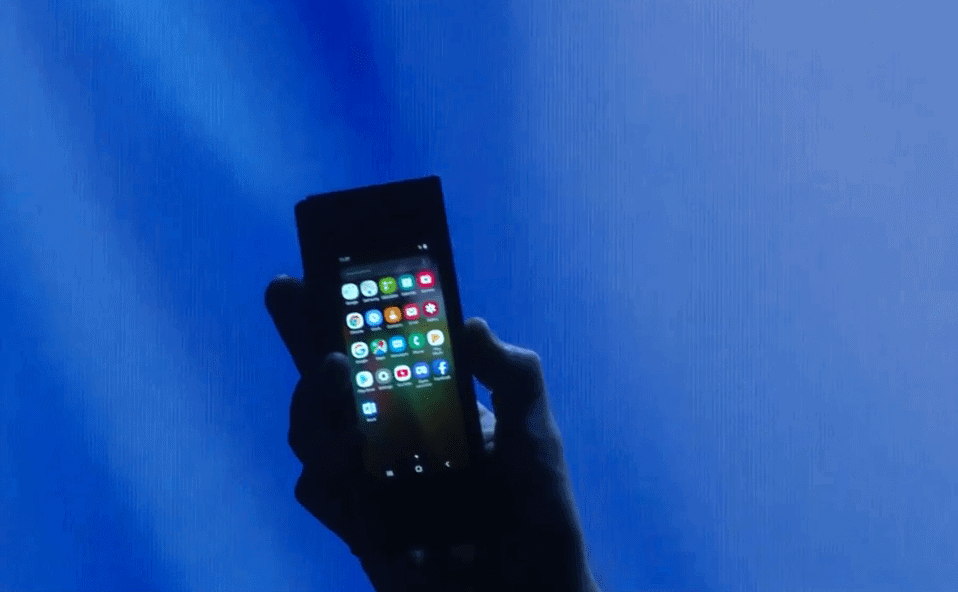Infinity Flex Display: Samsung today introduced a foldable screen, which is supposed to be in the foldable phone devices of tomorrow. The display technology has been named “Infinity Flex Display” by the company.
The original "smartphone" was presented during its Opening Samsung Developer Conference 2018 Keynote.
Samsung did not present the design of the prototype devices, and even made sure to hide him with fairly low lighting.

The device is supposed to start mass production in the coming months, according to Samsung, but we can only assume that the South Korean company hasn't decided on the final design, which could mean a longer delay. 
Either way, the matter of the folding phone is still under discussion.
If 2018 was the year that most device manufacturers used AI chips, could 2019 be the year that will try to attract consumers to try a folding phone?

I am not entirely convinced that folding phones will become mainstream at some point, at least not in the form we have seen so far. Of course it will be interesting to see how their design and the technology of the screen folds.
Let us recall that two days before the presentation of the foldable screen from Samsung, Royole introduced the foldable FlexPai device, in full light and without trying to hide something like Samsung did with Infinity Flex Display.
As we mentioned Royole's device, FlexPai is a 7,8-inch hybrid device. It can fold 180 degrees which allows it to convert from tablets on a phone, although it is quite bulky.
See the FlexPai presentation video
https://www.youtube.com/watch?v=lRVcxLS_MDw
__________________________
- Epson Updates for non-use of third-party inks
- Facebook: approval on ads paid by ISIS
- Kamerka discover open cameras in your neighborhood
- Gmail Do you know that you have two different addresses?





